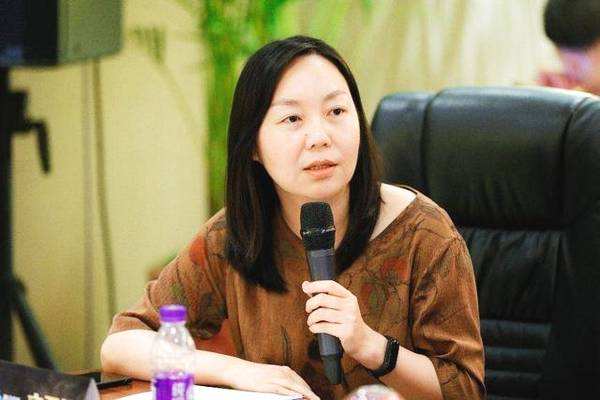Story of China-Africa friendship documented through video
 A documentary named Trade Winds Between China and Africa, initiated by the “recording China” program under the Publicity Department of the CPC Central Committee and produced by Xinhua News Agency, was aired on several CCTV channels at the time of the Beijing Summit of the Forum on China-Africa Cooperation (FOCAC). Travelling across 16 African countries, the camera crew trudged more than 60,000 kilometers. Allowing the audience to savor the history, culture and customs of the vast continent of Africa, the documentary recounts the story of China and African countries’ concerted efforts toward the future.
A documentary named Trade Winds Between China and Africa, initiated by the “recording China” program under the Publicity Department of the CPC Central Committee and produced by Xinhua News Agency, was aired on several CCTV channels at the time of the Beijing Summit of the Forum on China-Africa Cooperation (FOCAC). Travelling across 16 African countries, the camera crew trudged more than 60,000 kilometers. Allowing the audience to savor the history, culture and customs of the vast continent of Africa, the documentary recounts the story of China and African countries’ concerted efforts toward the future.
With ten African people as the protagonists, the two-episode documentary displays stories of their association with Chinese friends. A 14-year-old boy from Senegal had a wrestling dream ever since his childhood, and he realizes his participation in his first professional contest in the wrestling arena built with China’s assistance. A 68-year-old Namibian resident recovers her sight after her cataracts are diagnosed and treated by the medical team from China. A 45-year-old director from Uganda has dedicated himself to shooting Kung Fu films, but he agonizes over the fact that he cannot see more model films. The satellite television installed by China helps him finish his film making and hold a special screening. In addition, a 28-year-old Ethiopian stewardess becomes the assistant conductor of Africa’s first China-built trans-national electric railway. These stories cover a wide range of sectors including industrial promotion, infrastructure connectivity, trade facilitation, green development, health and hygiene, and people-to-people exchanges, allowing audiences around the world to see the development and change on the African continent today.
With its artistic techniques of expression, grand vision, meticulously chosen subjects, lively rhythm and exquisite images, the documentary is laudable for the following merits.
The first is the film’s ability to draw the whole from the details. Covering such a big theme of China-Africa communication and cooperation, the documentary does not adopt “grand narratives” at great length, but focuses its camera on the fields, villages, bridges and ports of the continent, recounting the ten small stories in a nuanced, succinct and vivid way.
In addition, the emotional thread runs from the surface deep into the center. The storytelling does not linger on mechanical narration and external depiction, but delves into the inner world of the protagonists to convey the real feelings and emotions of African people. When the old woman with the cataracts sees her own hands again, she cannot help but cover her face and weep, and then she stamps her feet in joy and dances around. This moment can evoke empathetic feelings from audiences, and the larger story itself is imparted with greater relatability.
Furthermore, artistic techniques and historical views are integrated. The realistic theme of China-Africa cooperation is successfully narrated in an artistic and aesthetic style. By means of beautiful, rich, plain and genuine language, the documentary demonstrates the historical process of Chinese and African people working together for mutually beneficial prosperity in an authentic and poetic way, which reflects the theme of the era at large—peace and development.
As the Chinese President Xi Jinping said, China does not lack vivid stories, and the key is to have the ability to tell a good story; China does not lack epic narratives, and the key is to have the ambition of epic-making. What Trade Winds Between China and Africa recounts is the story of both contemporary Africa and contemporary China. It is one individual and another, one event and another, that makes China and Africa a community of shared future that shares weal and woe. The recording of these individuals and events helps the Chinese people deepen the understanding of their African friends and tighten their emotional bond with them.
This article was edited and translated from Guangming Daily. Zhu Chuanxin is a lecturer from the Art Department of the Communication University of China.
(edited by BAI LE)
